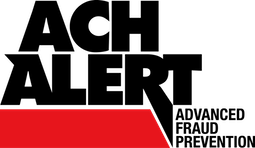According to the 2018 AFP Payments Fraud Survey, instances of fraud reached an all-time high last year – 78 percent of organizations were victims of fraudulent activity. The study also revealed that checks were the most common source of fraud, as 74 percent of survey respondents experienced check fraud. As these numbers grow, many financial institutions, like West Jordan, Utah-based Mountain America Credit Union, have recognized the need for more effective security measures to protect their members from fraud.
Overcoming an Industry-Wide Challenge:
When an unauthorized transaction occurs, businesses are required by regulation to report fraudulent activity within two days compared to the 60-day timeframe allotted to consumers. Such a limited timeframe to report and dispute fraud oftentimes makes it harder for businesses to recover stolen funds. In an effort to attract more business and commercial members, Mountain America Credit Union needed a way to help these members quickly detect and respond to suspicious transactions, specifically checks and ACH debits, and protect their hard-earned funds from fraudsters.





